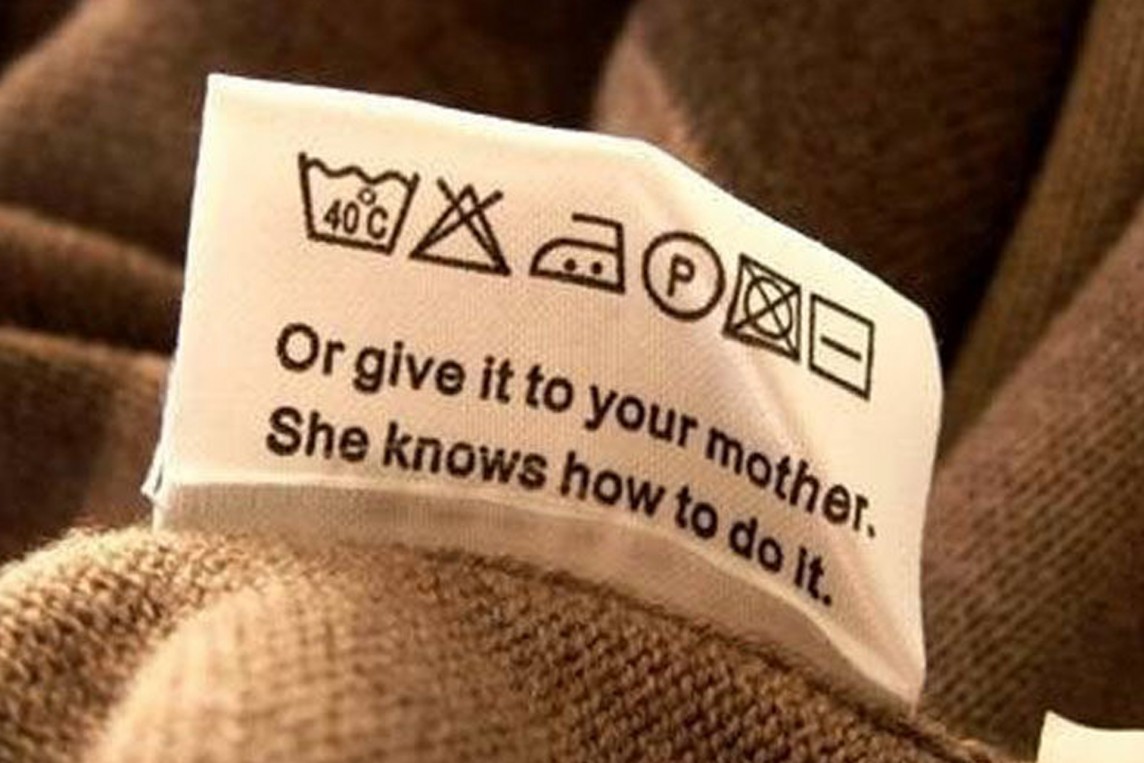When importing your goods into Australia, you must include commerce markings (import labeling) on your goods, or risk substantial penalties and/or your goods seized and forfeited to the Crown for incorrectly labelled products. In Australia, the Commerce (Imports) Regulations 1940 and the Commerce (Trade Descriptions) Act 1905, outline all the requirements for imported goods. The Australian Customs and Border Protection Service (ACBPS) oversee this legislation. Together with these regulations, Standards Australia also set out labelling requirements which must be adhered to including AS/NZS 2392:1999 Textiles – Labelling of clothing, household textiles and furnishings.
What are commerce markings?
Commerce markings are any descriptions, indications, statements or suggestions, direct or indirect with regard to the nature, quantity, quality, purity, grade, gauge, measure, size, and weight, country of origin, the manufacturer or ingredients of goods, among other specifications, which are applied directly on the items or on their packaging. More detail available here.
The above acts prohibit imports that have false commerce descriptions or those likely to mislead. Commerce markings are meant to give a factual description of the goods in question, to inform the customer about the nature of products. All trade descriptions must:
-
- be in English
- be in prominent and legible characters
- be on a principle label or the brand, attached in an obvious and permanent position.
- Include the name of the country where the product is produced
Commerce markings for clothing
All textile products and articles of apparel are required to bear true descriptions and their country of origin. Trousers, shorts and skirts should bear their description in their waistband, whilst shirt labels should be affixed in the collar and facing outwards. These labels should be obvious and not masked by other labels. An example of a correct description is ‘100% cotton’ on a shirt, providing this description is correct. If affixture to the goods is impracticable, the description must be added to the coverings containing the goods. Whilst customs may permit re-labelling of contravening goods where it is considered that the breach was neither intentional nor reckless, you may be asked to provide evidence that you have instructed your suppliers to correctly label goods in future. Click here for more information on labeling requirements for clothing.
For more information on commerce markings specific for your products, contact our customs brokerage team on 1300 651 888.














